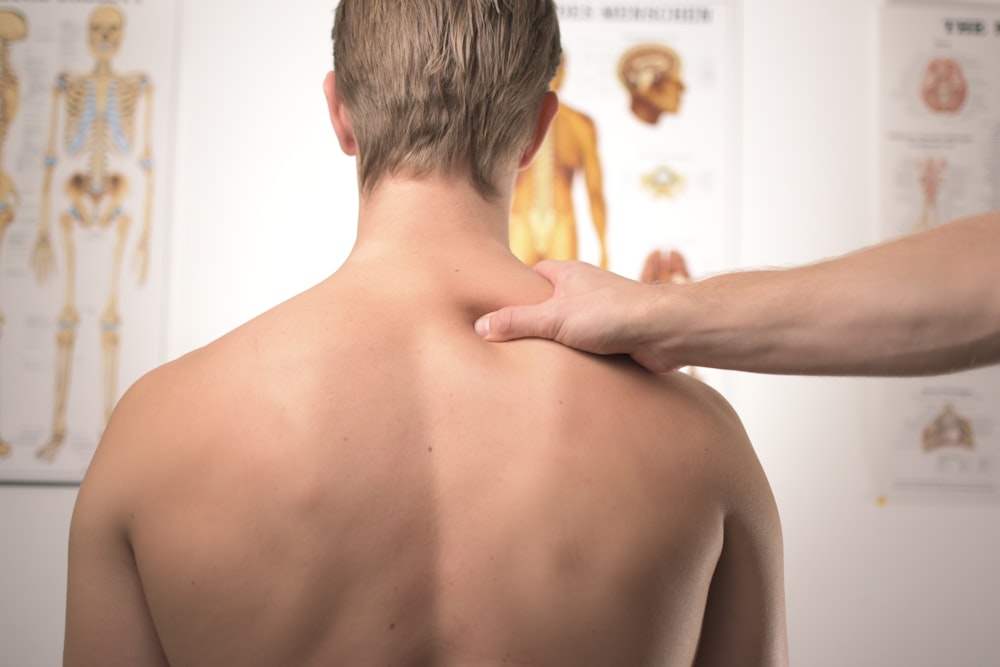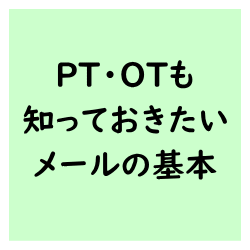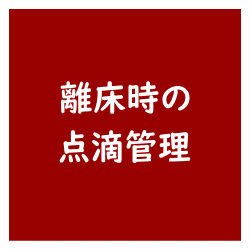目次
理学療法士が合併しやすい職業関連筋骨格系の障害
理学療法士・作業療法士として長きにわたって仕事を継続する上では健康管理が重要となります.
理学療法士・作業療法士に多い健康上の問題として腰痛が取り上げられることが多いですが,理学療法士・作業療法士が合併する筋骨格系障害としてはさまざまな障害が挙げられます.
今回は理学療法士・作業療法士に発生することの多い職業関連の筋骨格系障害について調査した報告をご紹介させていただきます.

今回ご紹介する論文
Int J Occup Med Environ Health. 2016;29(5):735-47. doi: 10.13075/ijomeh.1896.00620.
Work-related musculoskeletal disorders among physical therapists: A comprehensive narrative review.
Milhem M, Kalichman L, Ezra D, Alperovitch-Najenson D.
今回ご紹介いたします論文は2016年に掲載された比較的新しい論文です.
研究の背景および目的
Healthcare workers, especially those with direct patient contact are amongst professions with the highest rate of workrelated musculoskeletal disorders (WMSDs), physical therapists (PTs) being one of them. Our objective was to review current knowledge relating to the prevalence, risk factors and prevention of WMSDs among PTs.Pubmed, Google Scholar and PEDro databases were searched for terms relating to WMSDs in PTs from inception to 2015.
医療職の中でも特に直接的にクライアントに接する専門職は職業関連の筋骨格系障害を引き起こしやすく,理学療法士も筋骨格系障害を引き起こしやすい職業の1つです.
この研究では職業関連の筋骨格系障害の発生率,危険因子,予防策について文献データベースを元に考察することを目的としております.
研究の結果
The prevalence of WMSDs among PTs was high, with lifetime prevalence reported as 55-91%, and 12-month prevalence ranges 40-91.3%, and the lower back as the most frequently affected, with estimates of a lifetime prevalence ranging 26-79.6%, and a 12-month prevalence ranging 22-73.1%, followed most often by the neck, upper back and shoulders. The major risk factors for workrelated low back pain (LBP) were: lifting, transferring, repetitive movements, awkward and static postures, physical load, treating a large number of patients in a single day and working while injured. Low back pain seems to be age- and genderrelated with a higher prevalence in females, younger PTs and PTs working in rehabilitation settings. Physical therapists, as a consequence of work-related LBP, may seek treatment, modify their daily living and leisure (lifestyle) activities, use aids and equipment or change their specialty area either within the profession or by leaving it. Skills and knowledge as to correct body mechanics do not prevent work-related injuries. Mechanical aids used for a patient transfer should be adopted by PTs and new strategies should be developed to reduce their WMSDs without compromising the quality of treatment. Int J Occup Med Environ Health 2016;29(5):735-747.
理学療法士の職業関連筋骨格系障害の発生率は高く,生涯にわたった発生率でみると55~91%,12ヶ月間での発生率でみると40~91.3%でありました.
最も多い職業関連の筋骨格障害としては腰痛が挙げられ生涯にわたった発生率は26~79.6%,12ヶ月間での発生率は22~73.1%であり,腰痛に続いては頸部,背部,肩の疼痛が多い結果となっております.
職業関連の腰痛の発生原因としては持ち上げ動作,移乗動作,運動の反復,立位姿勢,身体不可,多くのクライアント対応等が挙げられております.
腰痛は年齢や性別とも関連があり,女性で若い理学療法士の発生率が高い結果となっております.
また職業関連の腰痛の解消方法としては,生活スタイルの是正やコルセット等の装具の装着等を挙げるものが多い結果でした.
スキルや知識に基づいてボディメカニクスを修正する方策は障害発生予防としては行われてませんでした.
今回は理学療法士・作業療法士に発生することの多い職業関連の筋骨格系障害について調査した報告をご紹介させていただきました.
理学療法士・作業療法士ってクライアントとのためと思って我慢して仕事を継続している方も多い印象ですが,自分の体あっての仕事ですので,まずは自分の体に負担の少ない技術を身につけることが重要でしょう.
また負担を考える上では,予防的にコルセットを装着する等の対策も必要でしょうね.







コメント